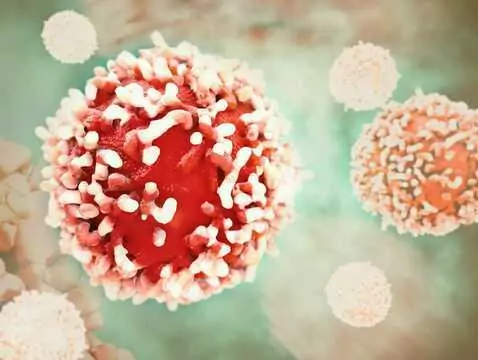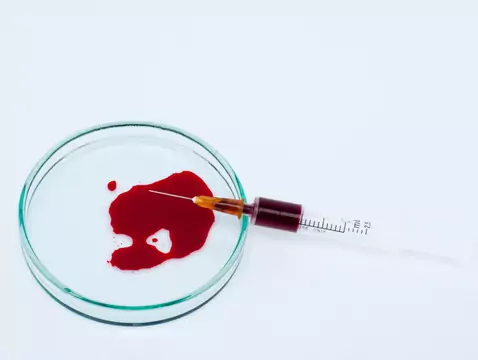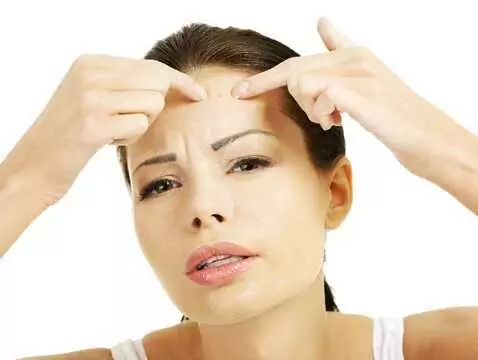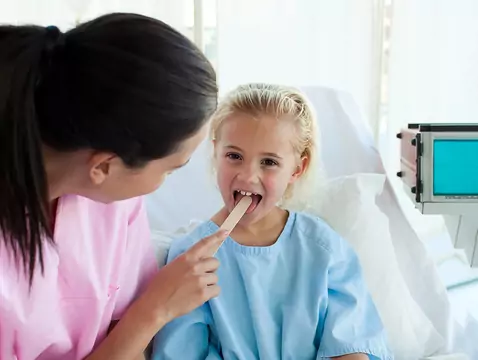Healthy skin protects our body against various microorganisms. The basic element of this protection is the epidermis, especially the stratum corneum and the lipid coat on its surface. Additional defence against pathogenic microorganisms is provided by specific and non-specific immune mechanisms. Also, the acid reaction on the skin surface (pH 5.4 - 5.9) favours relatively less harmful bacteria and protects against pathogenic strains.
Folliculitis simplex barbae, figwort(folliculitis simplex barbae, sycosis barbae)
Figwort is the most common form of folliculitis. It affects the chin area and the lateral surfaces of the neck. The infection tends to spread, especially during shaving. Within the upper lip, the lesions often cluster together to form clusters of papules and pustules pierced by hair.
Treatment consists of topical disinfectants and, in cases of severe inflammation, glucocorticosteroid suspensions. In cases of recurrent severe lesions, oral antibiotics are given, but these rarely result in a cure.
Boils(furunculus) - symptoms
The causative agent isStaphylococcus aureus. Boils occur frequently, especially under conditions of poor hygiene. Their formation, as well as the occurrence of boils, i.e. multiple boils, is favoured by immunosuppression, diabetes, AIDS, cancer, as well as general treatment with glucocorticosteroids or other immunosuppressive drugs. Boils are more common in patients with atopic dermatitis, who have high levels of Staphylococcus aureus bacteria on the skin, and due to scratching due to increased pruritus, skin microdamage and infection often occur.
Aboil is an inflammation of the hair follicle and can occur on all parts of the body where hair is present. However, the most common location is the neck, face, armpits, buttocks, shoulders and lower legs, as well as the vestibule of the nose and the external ear canal.
Initially, a small yellow pustule appears, which quickly develops into a red tumour with a necrotic suppository in the middle. This lesion enlarges and can be very painful, with swelling. After 7-14 days, the necrotic pus empties and the cavity gradually heals leaving a scar. Sometimes boils do not rupture, but heal spontaneously after a longer period of time, leaving a recessed scar. If the skin lesions are accompanied by lymphadenopathy, fever and chills, this indicates septicaemia. Possible complications after boils include endocarditis and osteomyelitis.The most dangerous location of a boil is in the face in the upper lip, orbital and temporal regions due to the risk of infection of the cavernous sinus and passage of the infection to the meninges.
Boils(furunculus) - diagnosis
Differential diagnosis: boils may resemble the lesions in the axillae, groin and buttocks found in acne inversa.
For isolated lesions, topical treatment consisting of soda poultices or ichthyol ointment, as well as antibiotic-containing preparations, is usually sufficient. If the lesion is very painful and swollen, a surgical incision of the lesion may provide relief. Because of the risk of transmission of infection, no manipulation of the boils should be carried out by oneself. For boils located on the face or multiple boils, oral antibiotic treatment is usually necessary. Antibiotics from the penicillin or cephalosporin group are most commonly used. In case of general symptoms such as chills, fever, lymphadenitis, especially in immunocompromised patients, even hospitalisation of the patient and intravenous administration of an antibiotic may be necessary.









